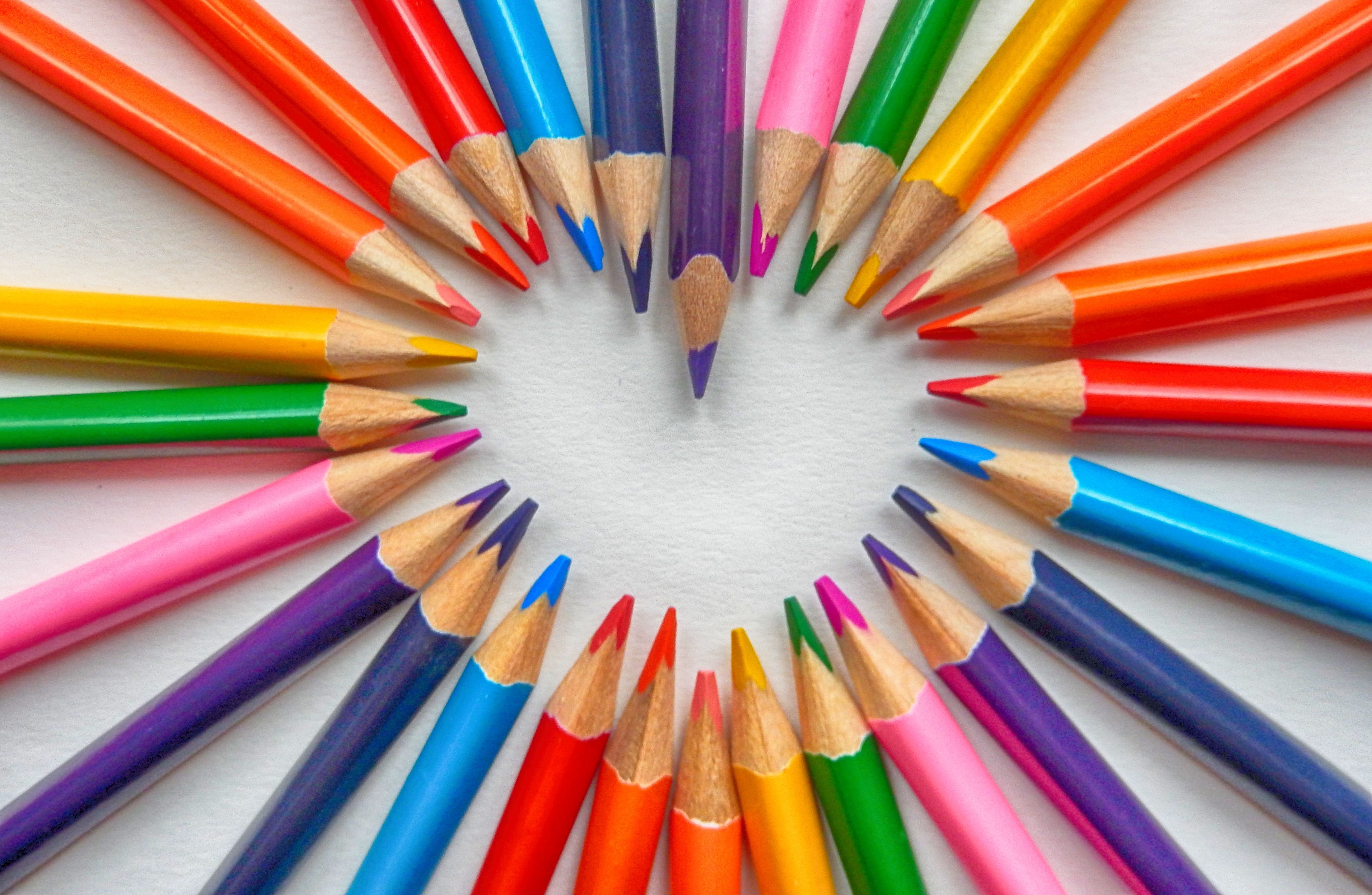
Get in Touch with Your Creative Side to Manage Transition
Using creative processes like art-making can help us to cope with change and capture our unique expat story. Global nomad, art psychotherapist and transition specialist Shellee Burroughs shares some easy ways to get started…
Transition can be an emotional roller coaster no matter how many times we’ve gone through it. As a parent of third culture kids (TCKs) and as an adult TCK, I’ve experienced transition many times and in many forms: I’ve moved countries as a child, single adult, and wife; then as a parent of young children and later as a parent of teenagers. In my experience, each transition can bring up unresolved grief, loss, anger and issues of identity.
As an art psychotherapist, I’ve seen how taking a more artistic approach can support children, teenagers, parents and families to manage change. Using creative processes is important to help us release and contain our feelings and fears. We are used to communicating using words, but creating images can be extremely powerful and can help us explore feelings in a different way.
Creativity and COVID-19
The COVID pandemic means that a lot has changed in a short amount of time! We find ourselves in a global state of ‘not knowing’, dealing with disappointments, loss and fear. Working online with my clients during the pandemic, I’ve seen firsthand how exploring our feelings through creative artwork during this challenging time can reveal strengths and vulnerabilities that we perhaps were not aware of before the crisis.
I have used a variety of creative processes during lockdown, both with myself, my family, and my clients. One I’ve found particularly helpful (and enjoyable) is a daily post-it ‘diary’. These small squares are the perfect size in which to illustrate one event, thought or idea each day; a small piece of paper also feels ‘safer’ to manage. In years to come I will be able flip through my sketchbook of post-its and look back on this pandemic and how I experienced it. (See my post-it diary here.)
Tip #1: Simple materials
You don’t need a huge variety of materials to be creative, nor do you need expensive ‘artist quality’ materials. Look for art materials used at school, as they are often cheaper and don’t stain.
Some basics include:
- Felt pens, drawing pencils, erasers, sharpener
- Drawing paper (printer paper is too thin if you want to use paint)
- Scissors, glue, coloured paper, magazine cuttings (for collage/journalling)
- Oil pastels (if using chalk pastels, get some hairspray to ‘fix’ the image on paper)
- Items found in nature (leaves, shells, )
- Water-based paints – poster or tempura are best. Acrylics can stain (they are glue-based) and oils are messy and can take a long time to dry.
- A selection of paintbrushes in different sizes – simple sponge ‘brushes’ are easy to use and store, and can be great fun for all ages.
Tip #2: Ways of working
Are you asking a specific question? Or is it more of an ‘open’ approach? Each has its place and I use a combination of both. For example, when moving back to the UK from Kuala Lumpur in 2017, every few days I would sit down with my children to draw a joint ‘countdown’ picture, which we kept as a whole piece of work (you can see it here). This longer-term work journalled our experience as a family, and it’s something I will always treasure.
During your process, don’t place high expectations on yourself – often very simple images have the most impact. And don’t be put off if an image brings up unexpected emotions. This is natural and is part of the transition process. We’re so used to expressing ourselves in words – sometimes images can impact us in a deeper way than expected.
Tip #3: Keep your creations
It’s easy to be dismissive about your creations, but you’ll find that they will take on greater significance over time. Looking back at your transition experience in this way is fascinating – and becomes a visual diary of your life story.
During relocations, it’s easy to misplace, damage or lose work that has meaning. Here are some tips to keep your creations safe:
- Get a large folder to protect the work. Clear plastic ones are cheap online, and easy to keep in a suitcase.
- Take photos of your creations on your phone and store them safely on another device or in the cloud.
- Leave paintings out as long as possible to dry so that they don’t get stuck together when stored in a pile
Some ideas to get you started
- Journalling: Individual or group. Words and images can be used together – anything goes!
- Scribbling: Had a tough day? Get scribbling! This is fun for the whole family and turning scribbles into a picture can provide psychological ‘space’ for processing deeper feelings.
- Superheroes: “What superhero would you be and what skills will you take with you when we move?” This helps children in particular to see that their positive attributes will be sustained, even after their move, and can help them feel more in control.
- Look ahead: “What do you think this year will look like? Where are your favourite places now? What will be the same and what will be different?” All of these questions can be explored using images and can show feelings that might not be obvious.
- Freestyle: Just create. Anything! Scribbling, filling in shapes, finger painting and colouring can provide our brain with some much-needed ‘space’ for processing.
Creating is important and so is having fun. Enjoy exploring! But also acknowledge the darker, deeper aspects of transition and the effect it can have. Transition can be difficult, exhausting and painful. Previous losses often come to the surface and this can make transition more difficult than expected but giving these feelings a ‘voice’ can really help.. Finding creative approaches that work best for you can give you the space to feel what you really feel, while learning more about yourself in the process.
About the author: Shellee Burroughs is a registered Art Psychotherapist and Clinical Traumatologist. She is a member of the British Health and Care Professions Council (HCPC), and has worked in a wide variety of settings in the UK, Canada and Malaysia, including as a school counsellor. Shellee has also facilitated workshops and trained counsellors, staff and parents in trauma, identity, loss and transition.
Have you used creativity to heal? Which of these approaches appeals to you? Feel free to share below. If you like this article, subscribe to our newsletter and share this story with someone in transition who would appreciate the inspiration!





